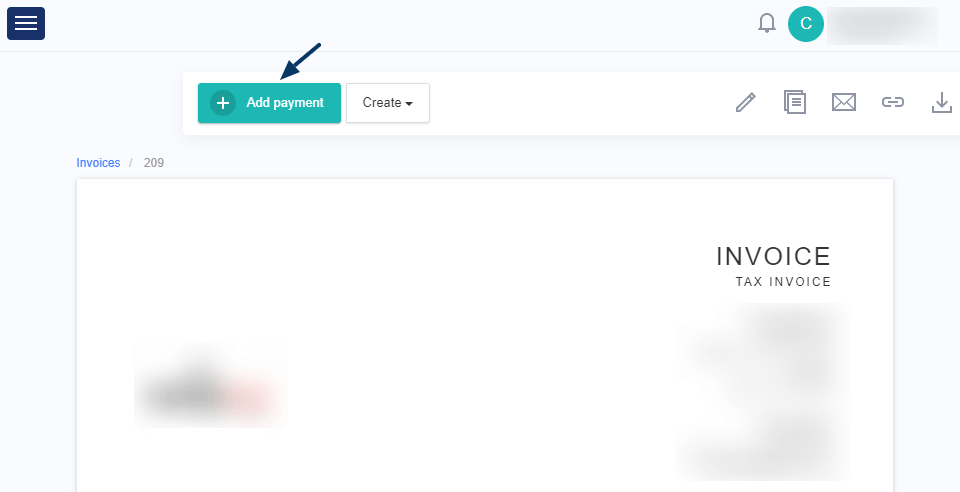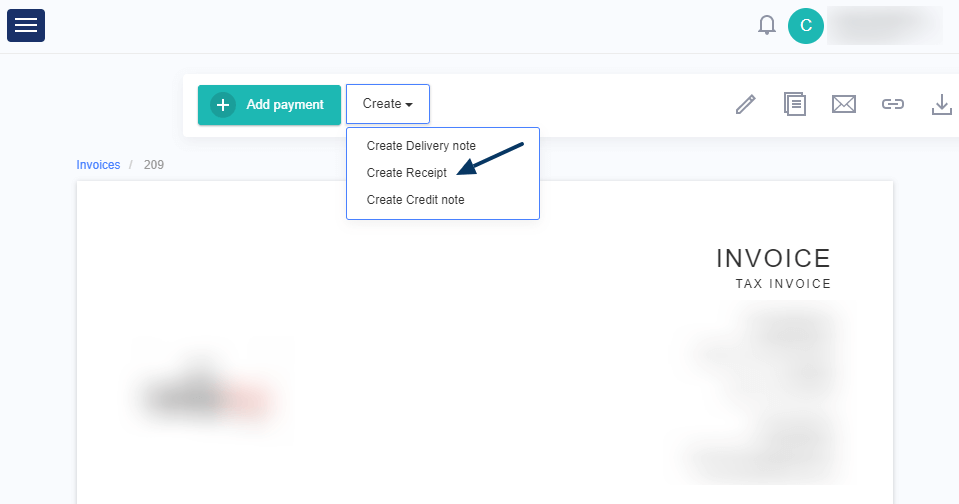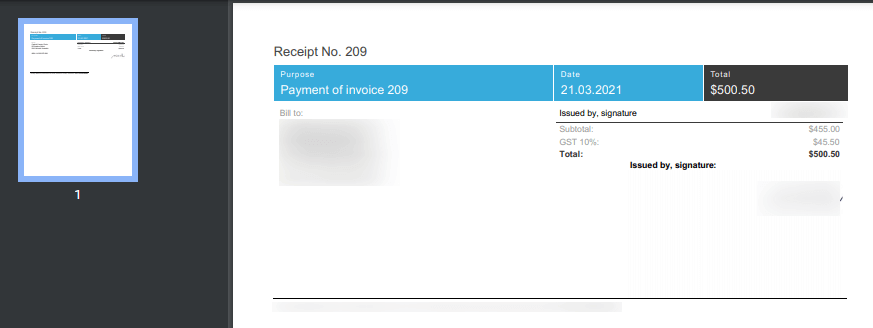Financial reports contain important financial information that helps creditors, auditors, and analysts to evaluate your company’s economic performance. Some of the information in these financial reports are required by law in the accounting industry for tax purposes.
Using financial reports, small businesses can monitor their revenue and access their past successes and put plans forward for the future. So why do small companies need financial reports management and is there an easy and affordable way to create these reports?
Find out all you need to know about what financial reports are, how they work and how you can benefit from them in today’s article.
What Are Financial Reports?
A financial report is a document that contains formal information about your company’s financial activities. The report contains the information in a structured format so that it’s easy to understand and so that details are easy to find.
The information included in financial reports are the following:
- Internal financial statements such as income statements, balance sheets, cash flow statements, and statements of a stockholder’s equity.
- Any communication regarding quarterly earnings and information through conference calls.
- Includes financial information found on your company’s website.
- Financial reporting to government agencies such as exchange commission or securities.
The Difference between Financial Reports and Financial Statements
The terms financial statement and financial report are typically used interchangeably but they are not the same. A financial report is an umbrella term that various types of reports fall under. However, a financial statement is one of those types of reports found on the actual financial document.
A financial statement contains information on a company’s liabilities, assets, expenses, and cash flow.
How Do Financial Reports Work?
The purpose of financial reporting is to provide extensive information about a company’s monetary activity. What’s more, it’s a way for a business to follow proper accounting practices because it includes information on your organization’s expenses, revenue, profits, and capital.
A financial report can either be digitalized or it can be put onto a hardcopy. However, for small businesses to save on costs you should always create your financial reporting online. Some platforms allow you to create online invoices effortlessly. The benefit of using online systems is that documents can be retrieved with a click of a button. You can add all the information that’s needed on your financial report with your digital documentation.
Once you’ve created your financial report you can send it directly to accountants, auditors, and even investors. If your report is digitalized you can forward your financial reports with a click of a button to all authorized personnel that requires your financial information.

How Small Businesses Can Benefit From Online Financial Reporting
There are several ways businesses can benefit from using online financial reporting. Take a look at these benefits in this next section.
Tax Season Will Be a Breeze
Tax season can be stressful for any type of business. For smaller corporations, it might be easier to get your documents in order but you want to make the process less of a hassle. With online financial reporting, you’ll have all the information you need to submit your tax returns.
Even though a financial report makes this easier for business owners to do there are tax laws that also require it. The government uses these reports to ensure you’re paying your taxes. With accurate financial reporting, you can reduce your tax burden and ensure all your resources don’t get depleted in a short space of time.
Evaluating Your Business
Financial reporting gives you a comprehensive view of your organization’s liabilities and assets. On the other hand, you need certain information that shows what situations occurred that changed your financial condition. Your financial report should also contain information on operating results.
Financial reporting contains information on income statements which shows investors data on sales and how much profit you’ve made as well as how much you’ve lost
With a financial report, investors can see your company’s income performance and how you can improve cash flow.
What’s Your Financial Condition?
Before investors can put money into your business they first need to analyze it to see if it’s worth the money. Investors and other types of organizations use financial reporting to determine whether your organization is profitable or a financial liability.
The financial report’s balance sheet will show investors what your company’s outstanding debt is and your equity components so they can make a decision about investing in your business. Additionally, some investors will want to know where their money is to see if they’re making any profit which is what a financial report’s information provides.
Making Future Decisions
Analyzing financial statements is crucial for the future of your company. On your financial report, you can view the value of your assets to see if you can afford more. If you’re running at a loss you can decide whether you want to sell some of your assets to potential investors.
This process is crucial for small businesses especially if they plan to expand in the future. What’s more, by analyzing where you’re running at a loss you can make better decisions of how to improve your companies services so you can increase your revenue.
Boost your understanding of Return on Revenue – Dive into our article to learn more!
Fixing up Errors
You may notice that some errors within your organization may be costing you more money. With accurate financial reports, you can detect if there are any illegal financial activities within your organization. You’ll be able to detect these illegal activities if you notice discrepancies in financial statements.
Through a proper reconciliation service, you can find any financial error and fix them before they cost you money.
Monitoring Cash Flow
Small business owners must always monitor their organization’s cash flow to see where they are making profits and where they’re losing money. However, there are cash flows that are not connected to a company’s operations. This type of cash flow is from investing or financing.
Money from all sources is what pays investors. By viewing your cash flow statement on your financial report, investors can see whether an organization has enough money to pay for expenses.

Common Financial Reporting Mistakes to Avoid
When creating financial reports there are several mistakes you should avoid at all costs. The following mistakes are quite common especially for small business owners or freelancers that are new to financial reporting.
That’s why it’s important to know what they are so you can ensure you don’t make them when creating your online reports.
Not Having a System that Tracks Receipts
One common mistake is not having a system that tracks your company’s expenses. Some new business owners may not know the importance of keeping track of their bills, receipts, or banking records. Your receipts are important documents that are used as evidence to support tax breaks and avoid right offs to the IRS.
Without your receipts, you may not be able to file proper financial reports during tax season. Another mistake is creating hardcopy receipts because they’re difficult to store and retrieve when you need them.
You should opt to create and store digital receipts and have a system that you can use to track them. With online receipt solutions, you’re able to find the documents easily so you can add the information to your financial reports. You can also send the receipts to multiple administrators without making copies of them which will save your small business money on ink, paper, and printing machines.
Mixing Up Personal and Business Finances
A common mistake that entrepreneurs and freelancers make is mixing up their personal and business finances. You must keep your personal and business financial reporting separate otherwise the information on your document will be incorrect.
Any inaccurate information on your financial reporting document may lead to an audit by the IRS which can cost you money which is usually a 25% filing cost. As a small business owner you don’t want to create unnecessary costs for yourself so keep your personal and business financial reporting separate to avoid audits.
Not Logging All Purchases
Sometimes new business owners forget to log all of their purchases on equipment or even merchandise. The type of tax deduction for business assets can differ depending on the lifespan of the equipment.
For example, paper, pens, or ink cartridges are categorized as office supplies and therefore are written off the year they are bought. On the other hand, major equipment purchases such as computers, printer machines, and physical security systems are long-term assets.
You must log your purchases of all major assets so that the information on your financial reporting is 100% accurate. To log your purchases you can use online expense records that allow you to scan receipts of all your purchases so you can keep a digital record of them.
Allowing Too Many Administrators to Access Accounts
Your accounts files are confidential and so you don’t want this type of information to fall into the wrong hands. New business owners may be too trusting with their accounting data and allow too many administrators to access the information.
Having too many unauthorized personnel access your accounting records can increase the risk of fraud. You should only appoint authorized accountants to access your financial records and each person should have their own user name and password.
With a cloud-based accounting system, you can appoint certain duties to your accounts department. Debtors and creditors clerks can be restricted from certain information while bookkeepers can access everything they need to manage your bookkeeping.
Not Backing Up Your Files
Some companies have a physical and digital backup system for all the information needed to create their financial reports. However, this may not be ideal for freelancers or small business owners because physical backups will need storage space and this can cost money.
For small corporations, it’s best to have a proper online backup system that’s cloud-based. Without a system that can back up your files, you could lose important information which can cause a major financial loss for your company.
You want a backup system that you can access anytime and anywhere using a mobile device. So make sure that all your business data is saved so you can create your financial report remotely. It’s safer to store your files online because there is no way your documents can go missing. You decide how long you want to keep your files and when it’s time to destroy them.
Using Manual Processes
Manual file retrievals, data capturing or reporting can cause major errors on your financial report. Some business owners may even take money from one account and use it for another without reporting or allocating the funds correctly which can affect the accuracy of your documents.
That’s why you should consider switching from manual processes to automatic digital solutions. That way you can eliminate the risk of human error when filing your documents.
Additionally, you must keep an accurate file of investments, expenses, and savings so that your financial report don’t have any errors on them. The best way to manage your files is to have a notification system so that you stay informed about any major financial activities happening within your company.

Why You Need Digital Financial Reporting Solutions
When you decide to use digital financial reporting processes you’ll have more transparency and you can improve the accessibility of information by digitally tagging statements on your file. So when investors view your document they can quickly jump to any data on the form by using a search option.
Digital financial reporting can be shared with accountants and stakeholders easily and securely.
Final Thoughts
Are you wondering how you can make financial reporting easier for you and your accountants? Perhaps Billdu can assist you. There are plenty of features we offer that allow you to digitalize your financial report.
Create invoices via our web interface or mobile apps and access an instant overview of your income. Use the predefined professional invoices templates to make your invoices look professional.
Use the expense records tool from Billdu to manage receipts by scanning them onto the system so you can have easy access to your expenditures. Or use the purchase order option so you can keep track of received orders in your organization.
Do you have any experience with financial reports? Let us know what your thoughts are in the comments section below. We are always happy to hear from our readers.









